TLDR: The Basilica of San Petronio is Bologna's largest church with a famously unfinished facade. Construction started in 1390 and never completed due to papal politics and funding issues. Entry is free to the main nave, but you'll pay for full access. The interior is impressive but somewhat austere. Worth seeing if you're interested in architectural history. Visit early to avoid tour groups.
Standing in Piazza Maggiore looking at the Basilica of San Petronio, the first thing you notice is that something's off. Half the facade is elegant marble, the other half is bare brick.
It looks unfinished because it is, and that's been the case for over 400 years. After several visits to Bologna, I've come to appreciate this church more for its fascinating backstory than its aesthetics.
If you want the full context while exploring, StoryHunt's Personal Tour Guide provides audio narration about the basilica's complex history and connections to other Bologna landmarks as you walk through the city center.
What is the story behind Basilica of San Petronio?
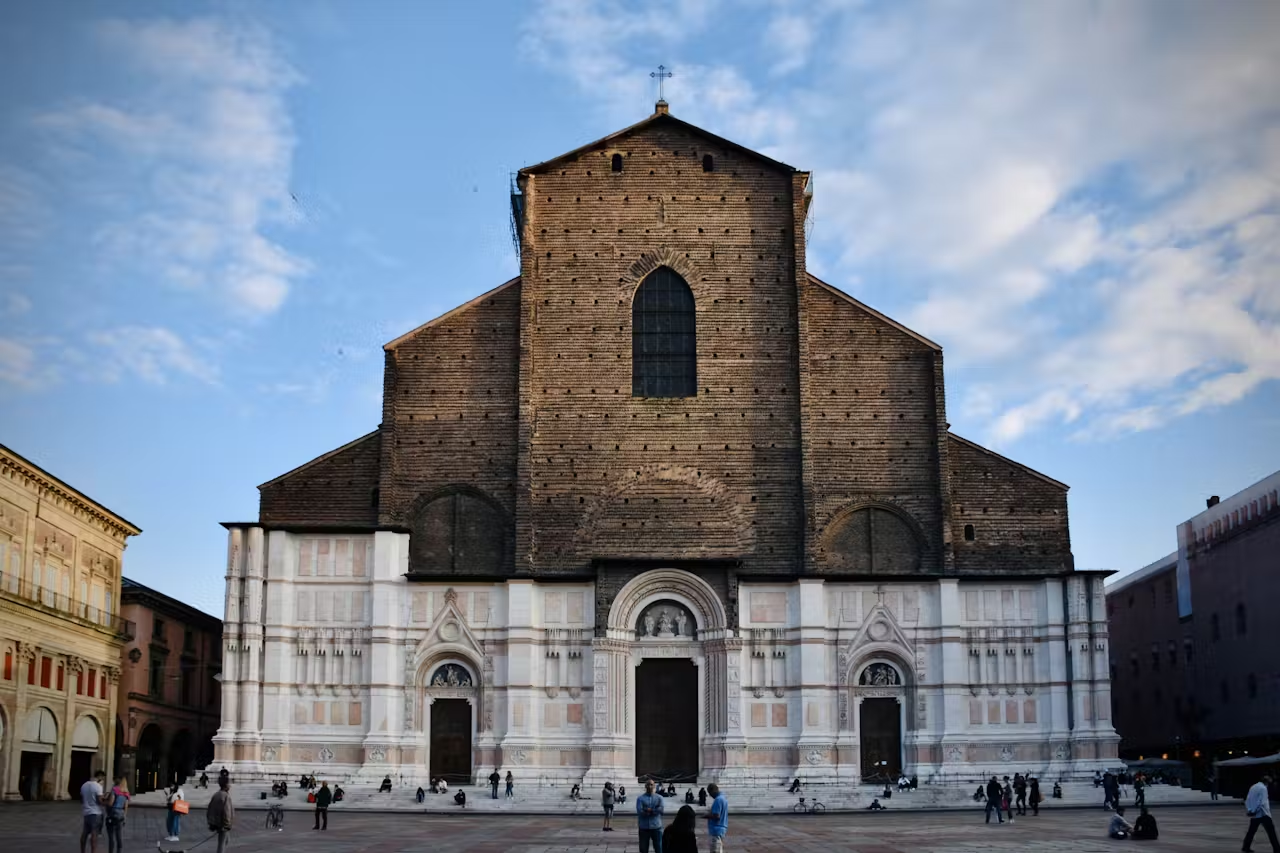
Construction began in 1390 when Bologna's government commissioned architect Antonio di Vincenzo to build a church honoring San Petronio, the city's patron saint. The original plan was wildly ambitious, meant to be larger than St. Peter's in Rome.
That ambition became the project's downfall. Pope Pius IV, threatened by Bologna's independence and this oversized church, redirected funding to other projects in the 1560s. Work slowed, then essentially stopped.
The facade remained half-finished, and Bologna got stuck with a massive, incomplete building that tells the story of municipal ambition versus papal power better than any history book.
Why is basilica San Petronio unfinished?
The basilica stayed unfinished because of money and politics, mainly politics. Pope Pius IV saw Bologna's plan to build the world's largest church as a direct challenge to papal authority and St. Peter's supremacy in Rome.
He deliberately diverted funds away from San Petronio and toward other Bologna projects he controlled, like the Archiginnasio. Without money, work stopped. The facade's marble cladding only covered the lower portion and three portals before funding dried up.
Multiple attempts to finish it over the centuries all failed. The bare brick you see today isn't a design choice, it's a 400-year-old construction pause that became permanent.
Is the Basilica di San Petronio free?
The main nave is free to enter, which is what most tourists see. However, if you want the full experience including the museum, terrace, and chapels, you'll pay around 5-7 euros depending on what you choose.
The free section gives you a decent sense of the space, but you'll miss some interesting details. Photography is technically free but flash isn't allowed. Honestly, the free portion might be enough for casual visitors.
The paid areas are worth it if you're genuinely interested in Renaissance art or want to climb to the terrace for city views, but don't feel obligated.
What are the rules for the Basilica di San Petronio?
Standard church rules apply here with typical Italian strictness.
- Shoulders and knees must be covered, no exceptions even in summer heat.
- They sell cheap paper wraps at the entrance if you're caught unprepared.
- No food or drinks inside.
- Keep your voice down since it's an active place of worship, not just a tourist attraction.
- Photography is allowed without flash.
- Large bags require a security check.
They're stricter about dress code than many Italian churches I've visited, probably because it's right on the main square and gets massive tourist traffic. Guards will turn you away if you're dressed inappropriately, no matter how far you've traveled.
What should you see inside the basilica?
The interior is massive but surprisingly plain compared to ornate Italian churches elsewhere. The Bolognini Chapel at the far left contains 15th-century frescoes including a graphic hell scene that's genuinely unsettling.
The meridian line on the floor is the church's most scientifically significant feature, a 67-meter sundial built in 1655 by astronomer Giovanni Cassini. It helped prove Earth's orbit around the sun. The organ is one of Italy's oldest and largest. Multiple side chapels contain Renaissance artwork worth examining if you have time.
The overall atmosphere is more austere and scholarly than emotionally moving, which fits Bologna's intellectual character.
When is the best time to visit San Petronio?
Early morning before 9 AM offers the quietest experience with the best natural light through the windows. Late afternoon around 5 PM is also relatively calm. Avoid midday when tour groups swarm through.
Sunday mornings have services, which adds authentic atmosphere but limits movement and photography. Summer months are packed and uncomfortably warm inside since there's no air conditioning. Spring and fall provide better visiting conditions.
If you're planning a comprehensive route through Bologna's historic center, The Personal Tour Guide can schedule San Petronio within a logical walking path that connects it with nearby attractions like the Archiginnasio and Santo Stefano.
How long does it take to visit?
Quick visits take 15-20 minutes if you just walk through the free nave. A thorough exploration including paid areas needs 45-60 minutes.
I've spent anywhere from 10 minutes to over an hour depending on crowds and what I wanted to see. The terrace climb adds another 20 minutes. Most people fall somewhere in the middle around 30 minutes.
It's not a place where you'll lose track of time in wonder, to be honest. The architecture is impressive for its scale, but the relatively bare interior means there's less to captivate you compared to churches packed with baroque decoration.
What else should you see nearby?
The basilica sits on Piazza Maggiore, so you're already at Bologna's central hub. Key nearby attractions include:
- Piazza del Nettuno with the Neptune Fountain
- Archiginnasio and Teatro Anatomico
- Santo Stefano complex
- Two Towers
- Sanctuary of San Luca
Using The Personal Tour Guide helps connect these sites into a coherent narrative rather than just checking boxes on a list. The app explains how these attractions relate to each other and to Bologna's unique history of independence and scholarship.
Is it worth seeing Basilica of San Petronio?

Yes, with appropriate expectations. The basilica is worth seeing for its historical significance and the fascinating story behind its incomplete state. The meridian line alone justifies a visit if you're into science history.
However, if you're expecting the visual spectacle of Milan's Duomo or Florence's Santa Croce, you'll feel disappointed. San Petronio is more interesting intellectually than aesthetically.
The unfinished facade perfectly symbolizes Bologna's complicated relationship with papal authority. It's worth 20-30 minutes of your time, especially since it's free and centrally located. Just don't make it your top Bologna priority.
How can you explore Bologna's church architecture?
San Petronio is just one piece of Bologna's architectural story, which includes everything from medieval towers to baroque chapels. The city's religious buildings reflect centuries of political tension between local government and Rome.
StoryHunt's Personal Tour Guide creates customized audio walks based on your specific interests, whether that's architecture, religious history, or Renaissance art. The interactive map connects San Petronio with other churches, university buildings, and historic sites into routes that make sense geographically and thematically.
You can explore at your own pace, pausing for coffee or taking detours whenever something catches your interest.
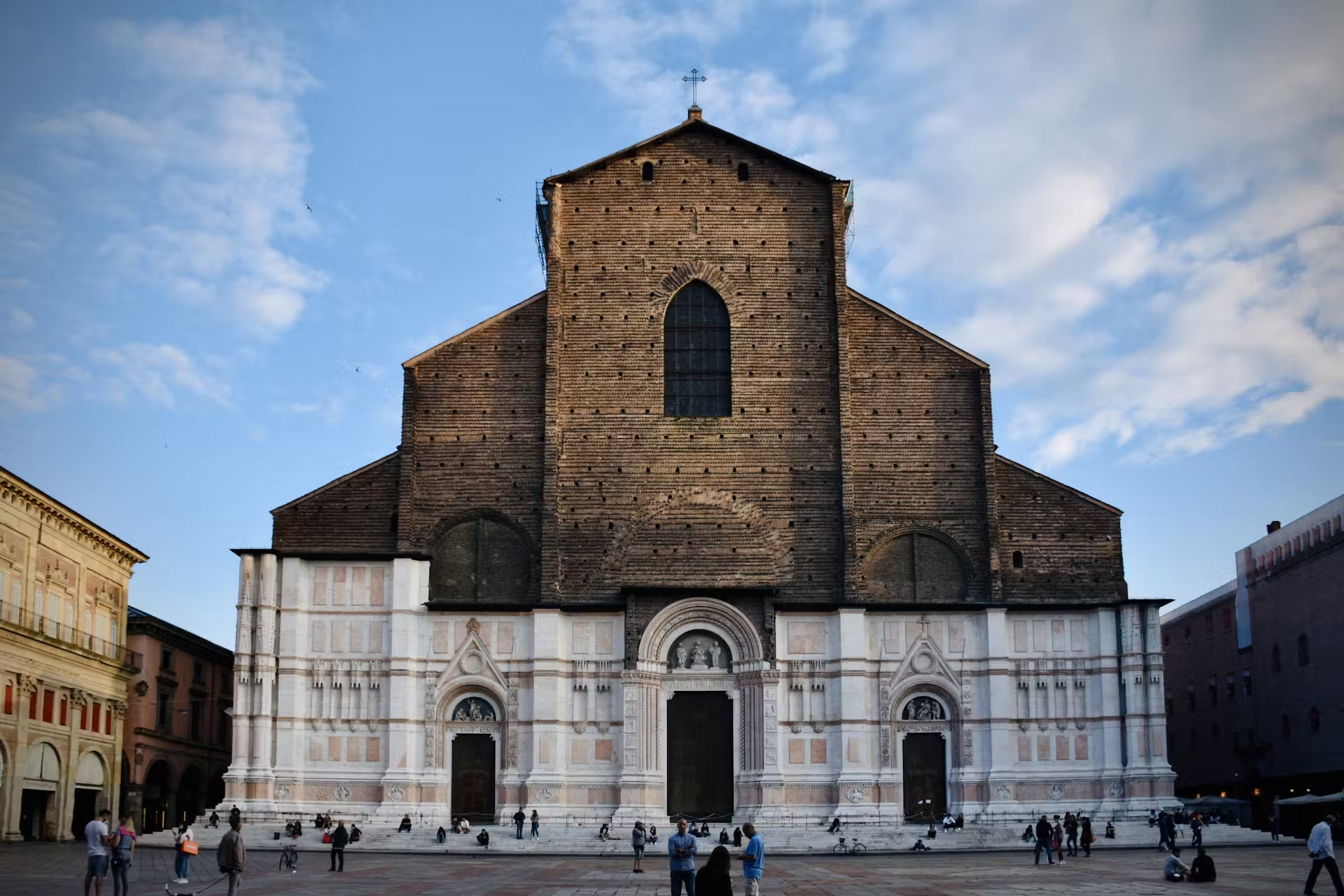
.webp)



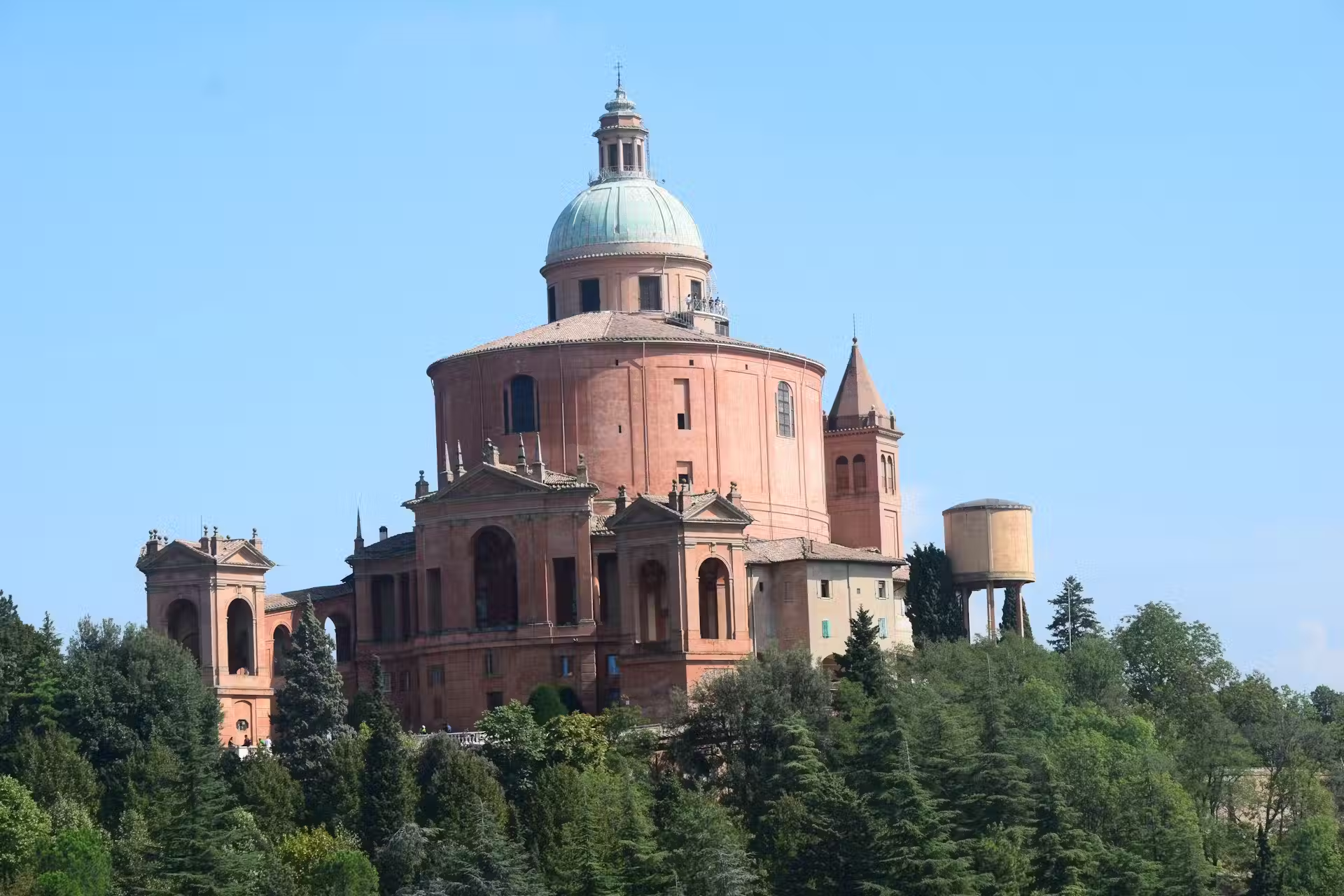

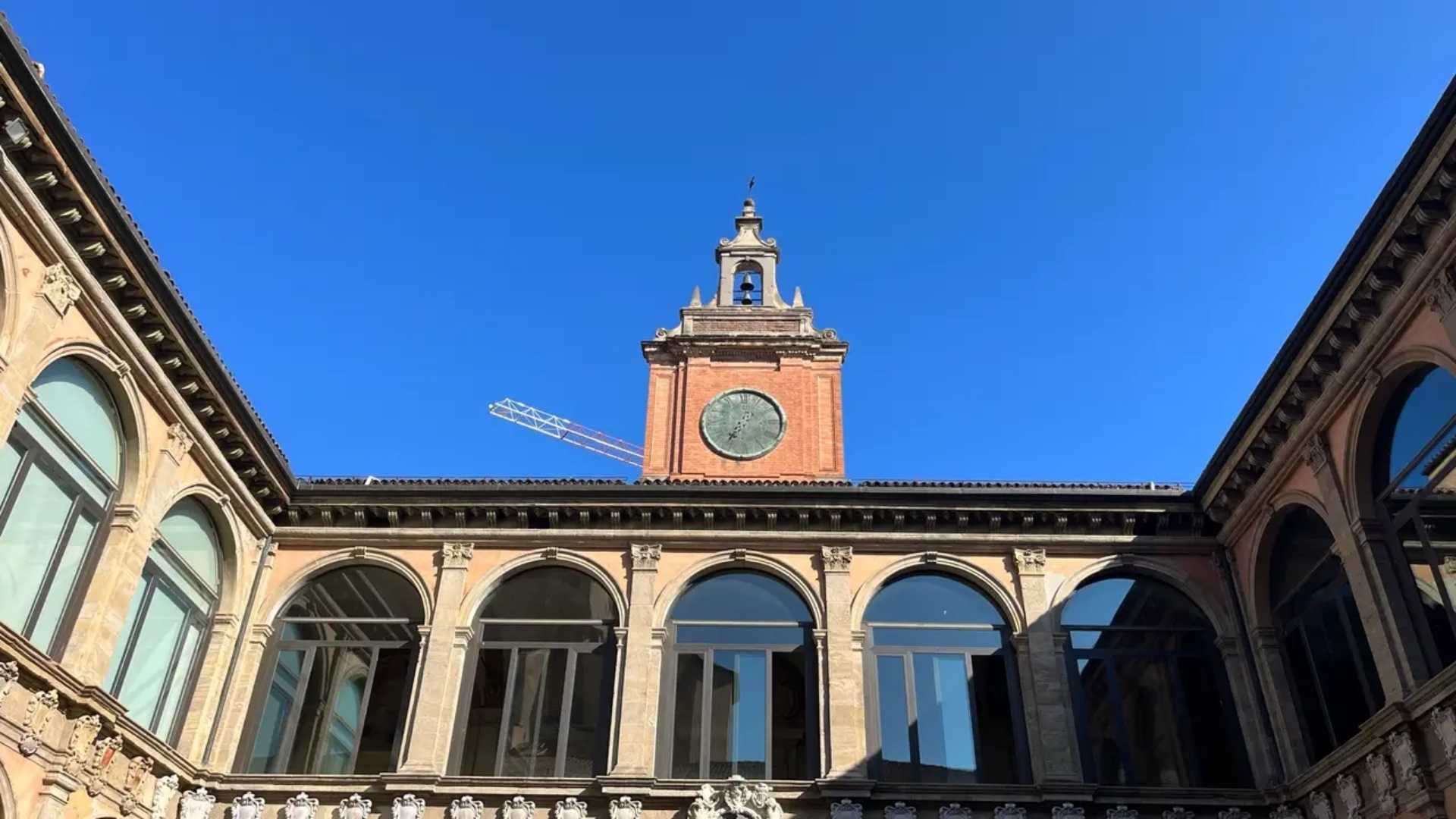
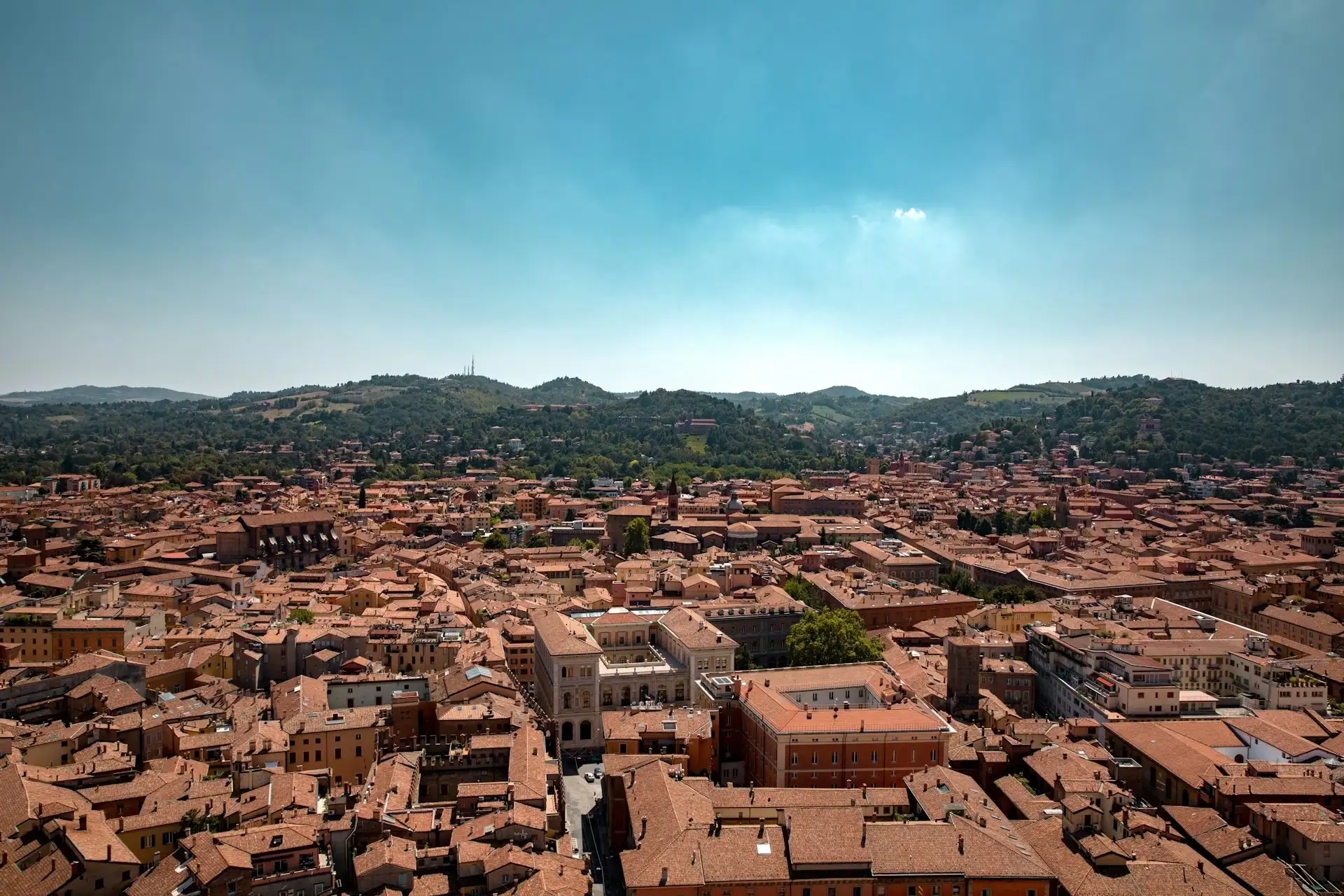
.jpg)

.avif)





